detail profile ivan mosjoukine
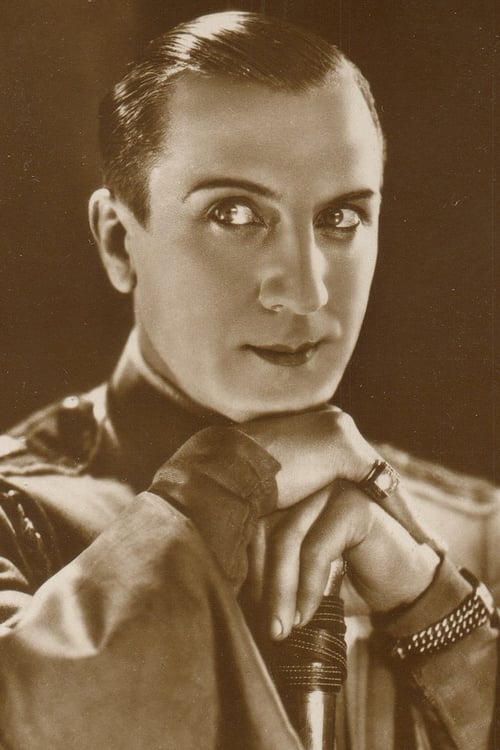
Ivan Mosjoukine
Ivan Ilyich Mozzhukhin
atau dikenal sebagai
Riwayat Hidup
Ivan Ilyich Mozzhukhin, usually billed using the French transliteration Ivan Mosjoukine, was a Russian silent film actor, writer and director.
Born in Kondol, in the Saratov Governorate of the Russian Empire (present-day Penza Oblast in Russia), Ivan Mozzhukhin was the youngest of four brothers.
His mother Rachel Ivanovna Mozzhukhina (née Lastochkina) was the daughter of a Russian Orthodox priest, while his father Ilya Ivanovich Mozzhukhin came from peasants and served as an estate manager for the noble Obolensky family.
While all three elder brothers finished seminary, Ivan was sent to the Penza gymnasium for boys and later studied law at the Moscow State University.
In 1910, he left academic life to join a troupe of traveling actors from Kiev, with which he toured for a year, gaining experience and a reputation for dynamic stage presence.
Upon returning to Moscow, he launched his screen career with the 1911 adaptation of Tolstoy's The Kreutzer Sonata.
Mosjoukine's most lasting contribution to the theoretical concept of film as image is the legacy of his own face in recurring representation of illusory reactions seen in Lev Kuleshov's psychological montage experiment which demonstrated the Kuleshov Effect.
In 1918, the first full year of the Russian Revolution, Kuleshov assembled his revolutionary illustration of the application of the principles of film editing out of footage from one of Mosjoukine's Tsarist-era films which had been left behind when he, along with his entire film production company, departed for the relative safety of Crimea in 1917.
At the end of 1919, Mosjoukine arrived in Paris and quickly established himself as one of the top stars of the French silent cinema, starring in one successful film after another.
Handsome, tall, and possessing a powerful screen presence, he won a considerable following as a mysterious and exotic romantic figure.
Mosjoukine's film stardom was assured and during the 1920s, his face with the trademark hypnotic stare appeared on covers of film magazines all over Europe.
He wrote the screenplays for most of his starring vehicles and directed two of them, L'Enfant du carnaval (Child of the Carnival), released on 29 August 1921 and Le Brasier ardent (The Blazing Inferno), released on 2 November 1923.
The leading lady in both films was the then-"Madame Mosjoukine", Nathalie Lissenko.
Brasier, in particular, was highly praised for its innovative and inventive concepts, but ultimately proved too surreal and bizarre to become financially successful.
Ivan Mosjoukine died of tuberculosis in a Neuilly-sur-Seine clinic.
All available sources give his age as 49 and year of birth as 1889.
However, his gravestone at the Russian cemetery in the Parisian suburb of Sainte-Genevieve-des-Bois is inscribed with the year 1887.
Info Pribadi
Peran Yang Di Mainkan Ivan Mosjoukine
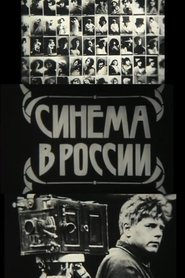 Documentary film about early years of...
Documentary film about early years of...Cinema in Russia 1979
Documentary film about early years of Russian cinema: its first directors, cameramen, producers and actors. Includes rare fragments of pre-revolutionary feature films, newsreels and Starewicz's animation.
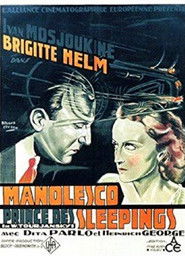 George Manolescu Ivan Mouskojine plays a...
George Manolescu Ivan Mouskojine plays a...Manolescu, the Prince of Adventures 1929
George Manolescu (Ivan Mouskojine) plays a confidence man who works his way from Paris to New York, along the way during a train ride to Monte Carlo he meets the voluptuous as always Cleo (Bigitte Helm) where they have a whirl wind romance which becomes short lived after she flees from him.
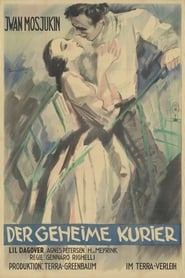 A silent adventure based on the...
A silent adventure based on the...The Secret Courier 1928
A silent adventure based on the classic novel by Stendhal "The Red and the Black".
 Republic of Venice 1760 Pursued by a...
Republic of Venice 1760 Pursued by a...Loves of Casanova 1927
Republic of Venice, 1760. Pursued by a vengeful husband, the intrepid womanizer Casanova, who symbolizes the decline of the city and its fall into debauchery, manages to escape and, by a circuitous route, arrives in Saint Petersburg, where he will be involved in the many plots that threaten the throne of Czar Peter III…
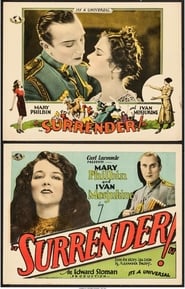 Lea Lyon the daughter of a...
Lea Lyon the daughter of a...Surrender 1927
Lea Lyon, the daughter of a rabbi, lives happily with her father in their Gulicinu village, but there are rumblings of war. Soon, the village is overrun with the Imperial troops of the Russian Czar, with Constantine in Imperial command. He is attracted by the beauty of Lea and commands her to come to his quarters. She refuses and he is outraged. He orders the townspeople barred behind their doors and the village burned. Though she loves her honor above everything else, she can not bear to see the villagers suffer, and makes the lonely walk through the village to the Inn.
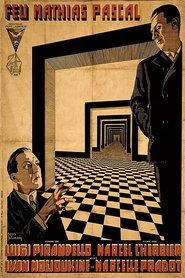 Mathias Pascal only son of a...
Mathias Pascal only son of a...The Late Mathias Pascal 1925
Mathias Pascal, only son of a once-rich family, marries beautiful Romalinda, who has a terrible mother-in-law. She controls her daughter, and soon his home life becomes a nightmare. His only moments of lights are his mother and baby, but both die on the same day. Shocked, he leaves his hometown and goes to Monte Carlo, where he wins a fortune at the casino. Returning home, he reads his own obituary in a paper. They have found a corpse in a creek and connected it with his disappearance. Mathias, noticing that he is now free from all ties to his old life, decides to start a new one.
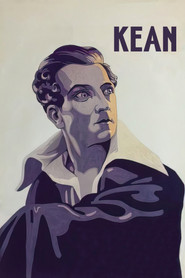 By 1820 Edmund Kean is the most...
By 1820 Edmund Kean is the most...Kean 1924
By 1820, Edmund Kean is the most admired Shakespearan actor. But if his art is peerless, his free lifestyle is ill thought of, particularly by the high society. Kean has fallen passionately in love with Countess Elena de Koefeld, the wife of the ambassador of Denmark. Elena loves him too but hesitates to give up her rank in society and follow Kean. On the other hand, Anna, a rich heiress who refuses to marry Lord Mewill, the husband chosen by her parents, confesses her love for Kean and decides to become an actress like him... The aristocrats, outraged by Edmund's profligate ways, decide to boycott his performances and his career is broken. Kean does not recover from such a blow and, on a stormy night, dies in Elena's arms.
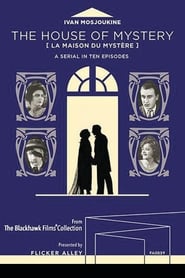 An imaginative wedding scene shot in...
An imaginative wedding scene shot in...The House of Mystery 1923
An imaginative wedding scene shot in silhouette, begins a tale of murder blackmail and romance covering a period of about 18 years, ending around 1923. Film composed of 10 episodes: 1.- L'Ami felon. 2.- Le secret de L'etang. 3.- L'Ambition au service de la haine. 4.- L'Implacable verdict. 5.- Le Pont vivant. 6.- La Voix du sang. 7.- Les Caprices du destin. 8.- En Champ clos. 9.- Les Angoisses de Corradin. 10.- Le Triomphe de L'amour.
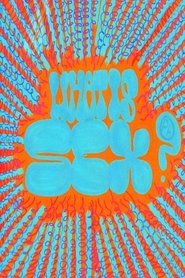 A multimedia sexed video about life...
A multimedia sexed video about life...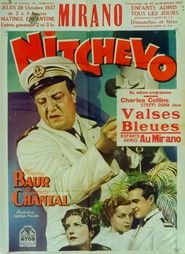 A commander suspects his wife of...
A commander suspects his wife of...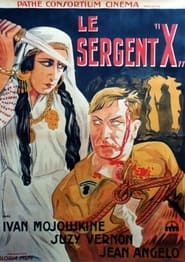 A military wife remarries after she...
A military wife remarries after she...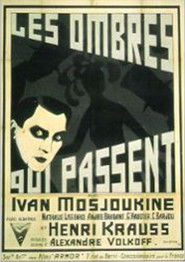 Directed by Alexandre Volkoff 1924
Directed by Alexandre Volkoff 1924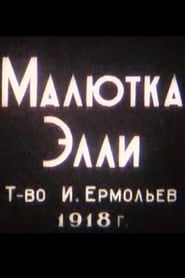 A perverted town mayor who murders...
A perverted town mayor who murders...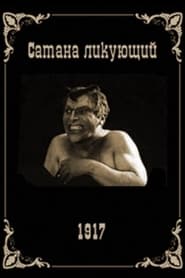 Pastor Talno furiously urges the flock...
Pastor Talno furiously urges the flock...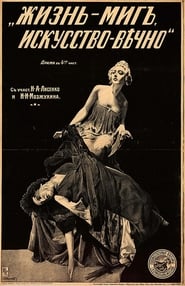 After a mans wife leaves him...
After a mans wife leaves him...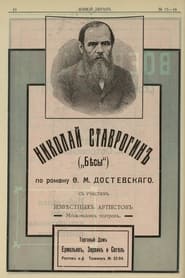
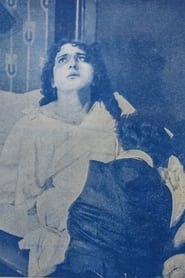 A young man discovers the reason...
A young man discovers the reason...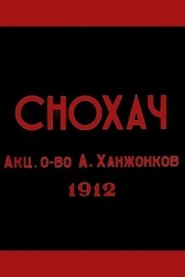 Lusha is suffering from her drunken...
Lusha is suffering from her drunken... A group of young people made...
A group of young people made...